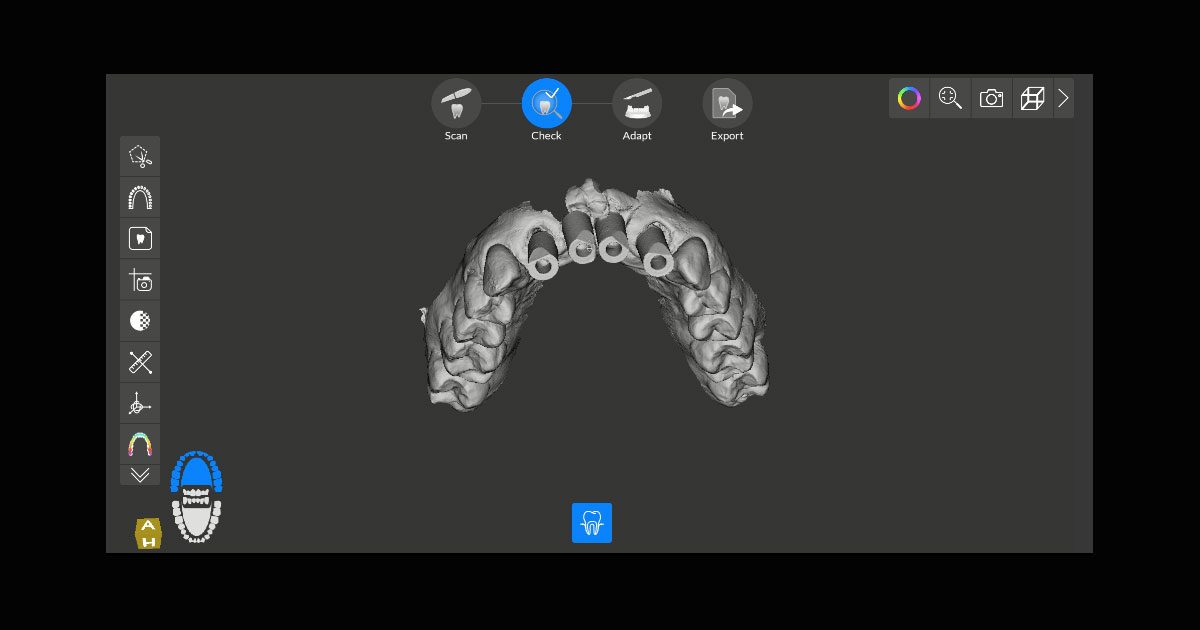Intraoral digital scanners have been around for nearly 2 decades in private practice. The technology was introduced as part of the CEREC system to create single indirect restorations on teeth. The scan was usually a segmental scan which was accurate enough to accommodate a milled restoration that had adequate marginal fit.
The systems evolved and restorations became more and more accurate. Soon full arch scans were used to produce orthodontic aligners and then multiple indirect restorations and finally to create full arch cementable restorations. There was always a high degree of accuracy with short span scanning for one or two units. As soon as the span increased the accuracy decreased and traditional impressions were used to supplement the workflow.
As technology evolved so did our desire to use scanning to make our protocols more accurate and efficient. The introduction of implant scanning using implant specific scan bodies and the production of screw retained restorations is really the pinnacle of intraoral scanning accuracy. You see, with cementable restorations we have room for error and can accommodate inaccuracy through the cement space, with screw retained restorations there is no room for error, the screw retained rigid connections have minimal tolerance to error.
So our protocols evolved to include scanned data coupled with analog verification jigs and impressions that allowed us to verify the scans and build accurate digital restorations.
Other technology including computer vision in systems like the PIC system, can be used to determine implant position with high accuracy. With modern scanning the accuracy is as accurate today as traditional impressions. Systems like the iTero, Carestream, 3Shape, Medit allow us to obtain very accurate data. However as we always did with impressions verification is still required and the verification very often is analog and translated into the digital realm.
It is important to remember that our technology is only as good as the way we use it and in scanning implant scan bodies attention needs to be paid to mitigating the error created by the software when stitching and reconstructing the models.
Today we are able to trust intraoral implant scanning to produce highly accurate restorations.


